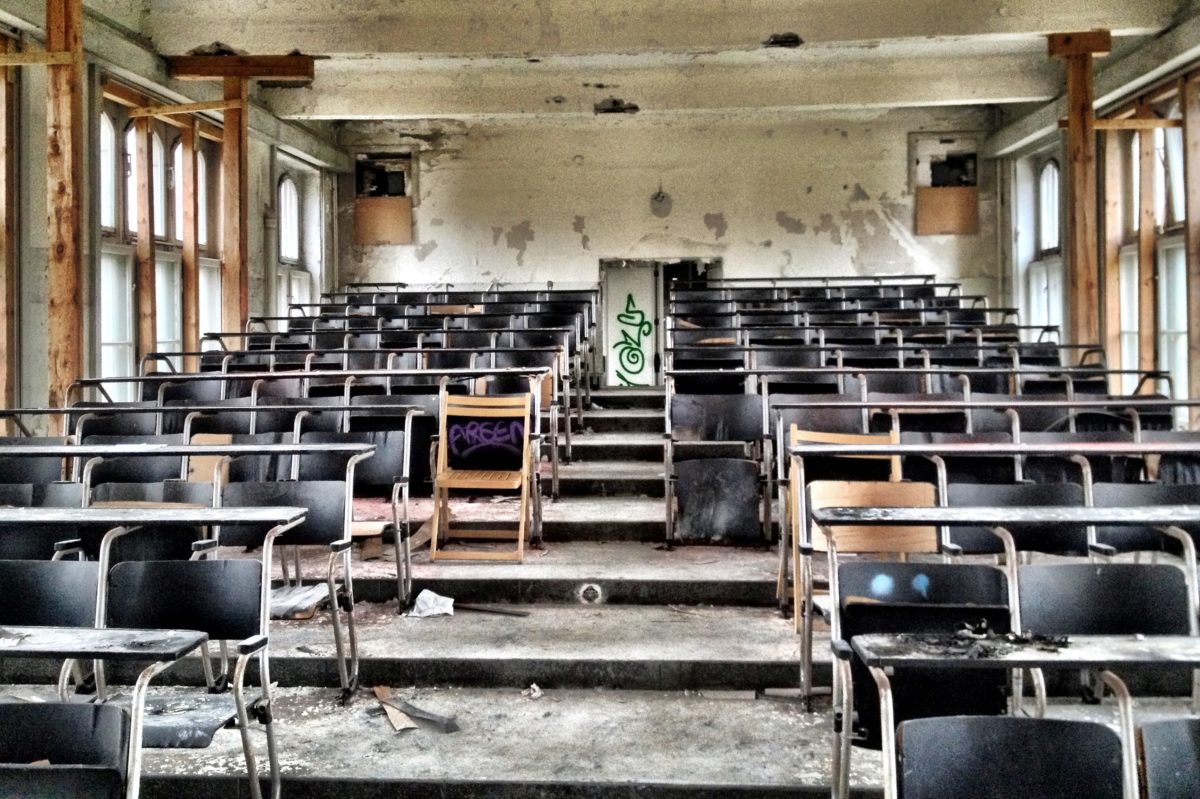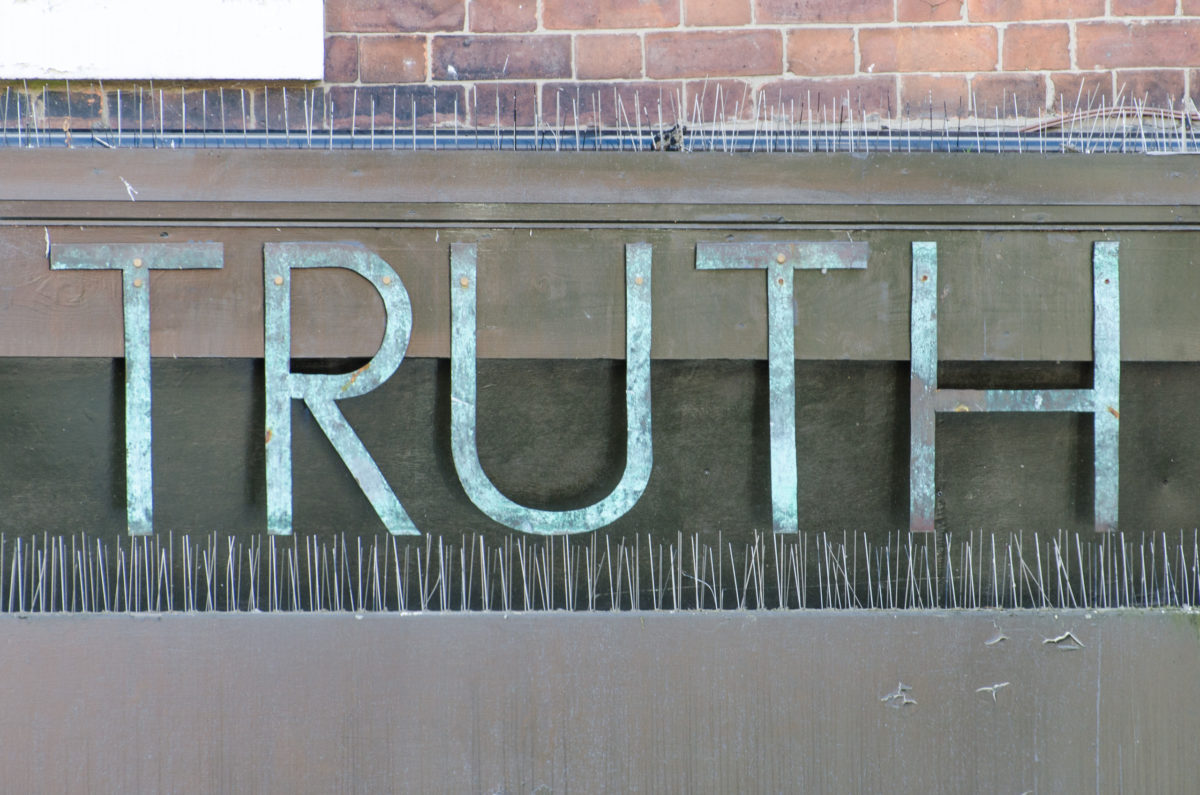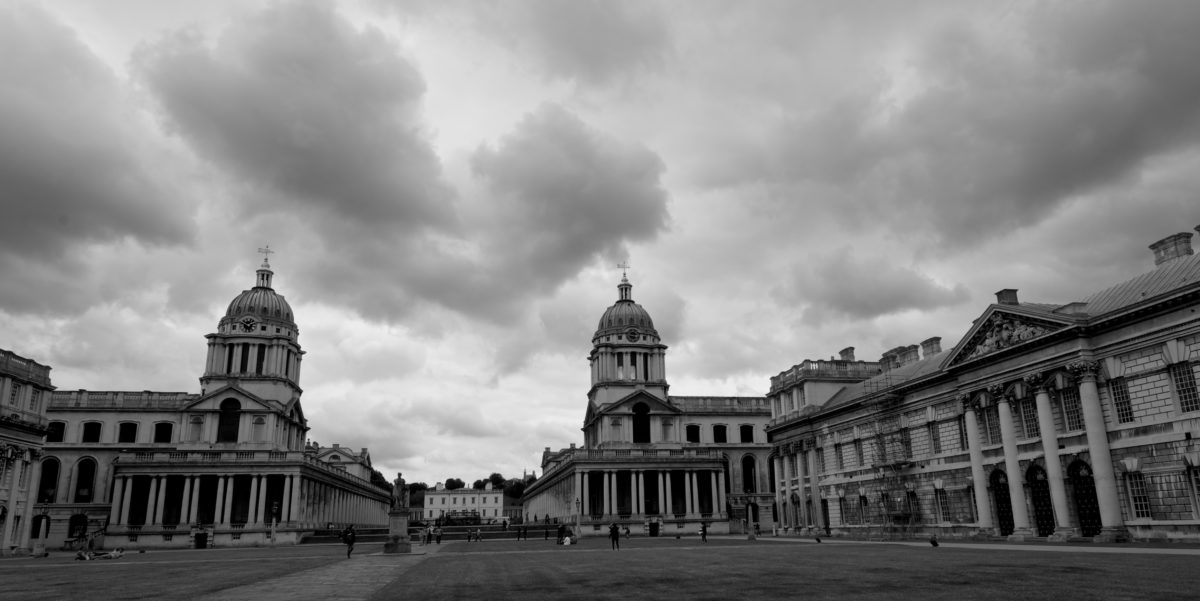In a recent speech at the University of Buffalo, President Obama described his plans to reform higher education. The aspect of this plan most likely to impact colleges and universities involves the creation of a new ratings system which will measure the value of a student’s education relative to the amount of money they spend to acquire it.
Based on what we know now, the President’s plan would involve increasing the amount of government aid given to universities whose students make more money after graduation or whose students start and finish at the same school. Reductions in financial aid would affect schools that do not meet these standards.
Previous administrations have increased spending on higher education just as they have increased spending in the healthcare industry. Now, the President’s plan seeks to put in place “quality controls” that mirror controls over the healthcare industry.
The cycle of government intervention works something like this—as government spends more money on education, the cost rises. A recent article in The New York Times concluded that although higher educational costs are caused by a number of factors, the main cause is that the number of seats open in universities is limited, while government money is seemingly unlimited.
This is unsurprising, since it is a simple application of the law of supply and demand. Government subsides encourage more and more people to spend a combination of private and government money on education. But since there is a limited supply of seats in universities, the price necessarily goes up in order to distribute the limited number of seats to those who can afford them.
Since most colleges are unwilling to raise admission standards, the average quality of education at most universities also decreases. Sometimes, the quality is also affected by these increasing numbers of students, as administrators struggle to increase the size of their institutions.
The process is currently playing out in the field of higher education in much the same way as it has been in the healthcare industry for the past quarter of a century. Once the government has caused prices to go up through subsides, it tries to put in place price controls. When quality of service subsequently goes down, it attempts to put in place quality controls. The President’s plan combines both price controls and quality controls in the same proposal.
Try as it might, the government’s plan will not improve the quality of America’s higher education system. On the contrary, it will in fact do more damage to it than it has done already.
First, the creation of a ratings system based on cost and reward will necessarily destroy disciplines in the humanities which offer less monetarily lucrative degrees. Just look at what happened to the teaching of history and civics after the passage of No Child Left Behind during the Bush administration. Because history did not affect a school’s rating, and therefore its budget, it became an irrelevant subject pushed to the side.
Alternately, the plan will continue to turn schools into centers of conformity where government-approved dogma is preached. This alternative is just as bad, and has a precedent. A few years ago, the state of Texas introduced state-mandated history textbooks that covered “conservatism” in glory while omitting key minority figures from the past.
Under a system where government demands that it get what it pays for, the humanities will either become the propaganda mouthpieces for each and every administration’s political dogma or will otherwise be cut as universities seek to improve their figures.
Neither result is proper nor does either actually increase the quality of education.
Most importantly, the President’s plan will make the underlying philosophy of our educational system one of pure pragmatism. It will not matter that a student knows nothing of how the world should work or has worked in the past, as long as they know how it works in the present as articulated through government-approved curricula.
Fueled by pragmatism, knowledge deemed less useful by the government, vis-à-vis its ratings system, will be disregarded. Freedom of inquiry will be abridged, as professors are made to conform to standards not unlike the “common core” standards governing secondary schools, and schools are forced to adopt a set curriculum on the model of No Child Left Behind. Critical thinking skills will go by the wayside in universities, as test taking gains more importance.
President Obama’s plan will not fix the system’s problems but will complicate them further. The solution involves removing government from the process of higher education.
Reducing government subsidies for students would enable the cost of college to fall, as more people weighed the risk and reward of attendance.
Moreover, reducing government regulation of universities would enable consumers to make their own decisions about the quality of an institution, rather than having the government make those decisions for them, often to their detriment.
In a “free” educational system, government determines what degrees are valuable and who should have them. In a free market educational system, individuals determine the value attached to an education and whether it is valuable to them. The former encourages conformity and blind adherence to standards while the latter permits individuals the freedom to establish and pursue their own goals.
If a stronger, more functional educational system is to be had, President Obama’s program and others like it must be rejected. Otherwise, our higher education system and the students who are part of it really will be left behind.
Thomas Duke is a graduate student in Communication Studies at the University of Alabama.





